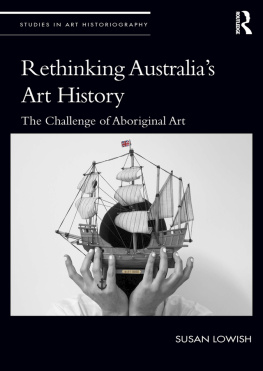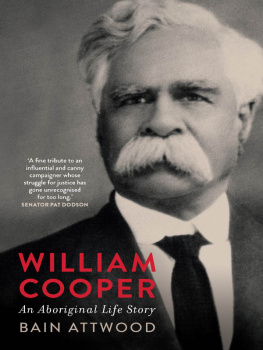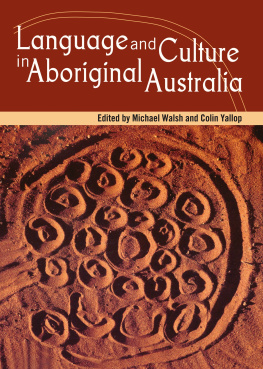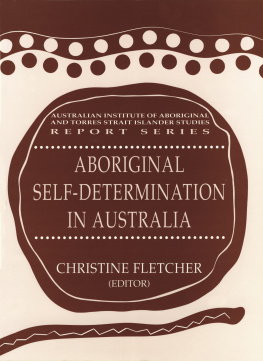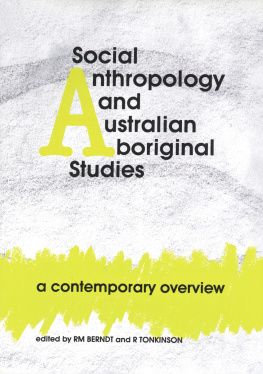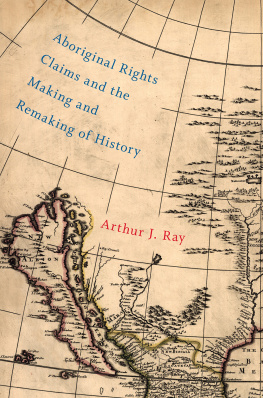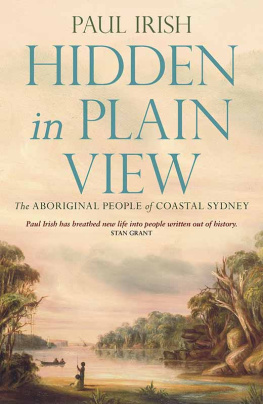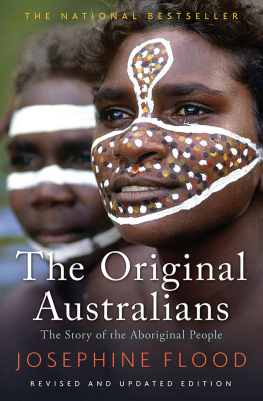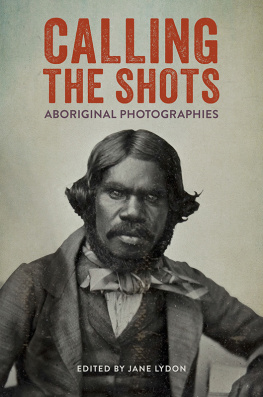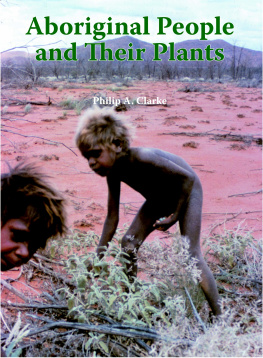Rethinking Australia's Art History
This book aims to redefine Australias earliest art history by chronicling for the first time the birth of the category Aboriginal art, tracing the terms use through published literature in the late eighteenth, nineteenth and early twentieth centuries. Susan Lowish reveals how the idea of Aboriginal art developed in the European imagination, manifested in early literature, and became a distinct classification with its own criteria and form. Part of the larger story of Aboriginal/European engagement, this book provides a new vision for an Australian art history reconciled with its colonial origins and in recognition of what came before the contemporary phenomenon of Aboriginal art.
Susan Lowish is Lecturer in Australian Art History at the University of Melbourne.
Cover Image: Christian Thompson, Invaded Dreams, from the series We Bury Our Own (2012), C-type print, 100 100 cm. Image courtesy the Artist and Michael Reid, Sydney.
Studies in Art Historiography
Series Editor: Richard Woodfield, University of Birmingham
The aim of this series is to support and promote the study of the history and practice of art historical writing focusing on its institutional and conceptual foundations, from the past to the present day in all areas and all periods. Besides addressing the major innovators of the past it also encourages re-thinking ways in which the subject may be written in the future. It ignores the disciplinary boundaries imposed by the Anglophone expression 'art history' and allows and encourages the full range of enquiry that encompasses the visual arts in its broadest sense as well as topics falling within archaeology, anthropology, ethnography and other specialist disciplines and approaches.
A Theory of the Tache in Nineteenth-Century Painting
ystein Sjstad
Architecture and the Late Ottoman Historical Imaginary
Reconfiguring the Architectural Past in a Modernizing Empire
Ahmet A. Ersoy
Painting and Narrative in France, from Poussin to Gauguin
Edited by Peter Cooke and Nina Lbbren
Pictures-within-Pictures in Nineteenth-Century Britain
Catherine Roach
The Academy of San Carlos and Mexican Art History
Politics, History, and Art in Nineteenth-Century Mexico
Ray Hernandez-Duran
Sculptural Materiality in the Age of Conceptualism
International Experiments in Italy
Marin R. Sullivan
Comparativism in Art History
Edited by Ja Elsner
For a full list of titles in this series, please visit https://www.routledge.com/Studies-in-Art-Historiography/book-series/ASHSER2250
Rethinking Australia's Art History
The challenge of Aboriginal Art
Susan Lowish
First published 2018
by Routledge
711 Third Avenue, New York, NY 10017
and by Routledge
2 Park Square, Milton Park, Abingdon, Oxon OX14 4RN
Routledge is an imprint of the Taylor & Francis Group, an informa business
2018 Susan Lowish
The right of Susan Lowish to be identified as author of this work has been asserted by her in accordance with sections 77 and 78 of the Copyright, Designs and Patents Act 1988.
All rights reserved. No part of this book may be reprinted or reproduced or utilised in any form or by any electronic, mechanical, or other means, now known or hereafter invented, including photocopying and recording, or in any information storage or retrieval system, without permission in writing from the publishers.
Trademark notice : Product or corporate names may be trademarks or registered trademarks, and are used only for identification and explanation without intent to infringe.
Library of Congress Cataloging in Publication Data
A catalog record for this book has been applied for
ISBN: 978-0-8153-7417-6 (hbk)
ISBN: 978-1-351-04999-3 (ebk)
Typeset in Sabon
by Apex CoVantage, LLC
For my family
Contents
Guide
Cover illustration: Christian Thompson, Invaded Dreams, from the series We Bury Our Own (2012), C-type print, 100 100 cm. Image courtesy the Artist and Michael Reid Sydney.
| Colour Plates |
| Black-and-White Figures |
Let me be the first to acknowledge that it has taken a long time to turn my PhD thesis into a book. It was, for me, a difficult journey. In some ways, the twelve years were necessary for the work to find its best and rightful home here in the series Studies in Art Historiography, and so my first note of gratitude and thanks goes to the series editor, Richard Woodfield. In 2010, his visit to Australia inspired a conference and special issue of the Journal of Art Historiography. His encouragement, feedback and advice have always been incredibly perceptive and accurate and he should be applauded for devising a series that encourages rethinking the form and content of art historical writing and for opening enquiry into the full range of visual arts in its broadest sense. Both Isabella Vitti, editor, art history and visual studies, and Julia Michaelis, assistant editor, Routledge Research, were patient, professional and a great pleasure to work with.
I will always be indebted to my hard-working and long-suffering PhD supervisor, Dr Leigh Astbury (Department of Visual Culture at Monash University), for his sage advice, suggestions and feedback during the original research and writing of the thesis. His detailed comments and unfailing generosity make him an outstanding supervisor. Mum, Dad, and Monash University funded the original research and I am very grateful. I also acknowledge Henk Jarring (Victoria University), Marcia Langton and Jaynie Anderson (University of Melbourne), for whom I did the bulk of my tutoring while a graduate student. Ian McLean was also an important early teacher and engaging conversationalist.
I owe special thanks to Claire Farago, for strong and generous support, opening her home and encouraging me to publish. I will always be grateful for your hospitality, good humour and friendship. John Drennan, a professional student some 90 years young, took every subject I offer at the University of Melbourne, read the thesis and gave advice. An amazing human. Jane Brown and Ian Kendrick, ably assisted by Jane Eckett and Giles Fielke, secured many of the permissions and provided high-quality image files for reproduction none of which would have been possible without the institutional support of the Faculty of Arts and School of Culture and Communication at the University of Melbourne.
Although there are many more to acknowledge, I would particularly like to thank the wonderful people who work at the State Library of Victoria for their helpful suggestions and friendly assistance with the practical aspects of the research. Librarians in rare books and special collections at both Monash University and the University of Melbourne deserve credit for the outstanding service they provide. At the Melbourne Museum, Melanie Raberts, Lindy Allen, Mary Morris and lately Lisa Hilli have always been friendly and helpful and have spent their valuable time answering my questions and searching for documents and drawings. David Hansen, when at the Tasmanian Museum and Art Gallery, generously posted photocopies of important documents; Philip Jones (South Australian Museum) took my phone calls and suggested further sources and, from Darwin, Anita Angel shared her research on the Dawn of Art.

